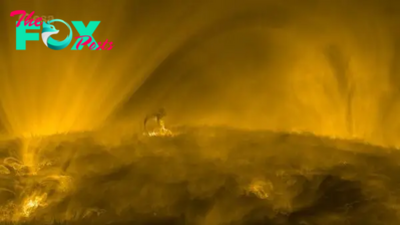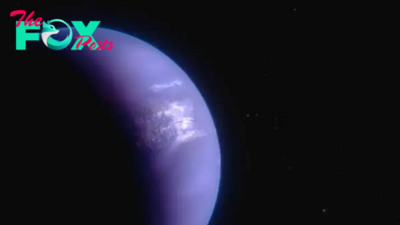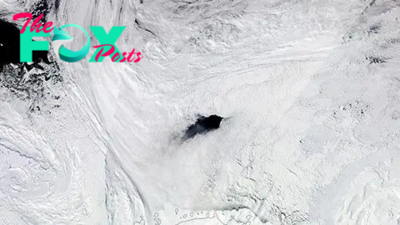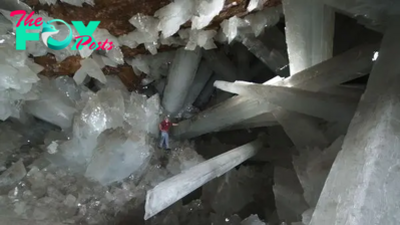Science
Speck of light spotted by Hubble is one of the most enormous galaxies in the early universe, James Webb telescope reveals
What was little more than a speck of light for the Hubble Space Telescope has been revealed as one of the oldest galaxies ever discovered — and the finding owes itself to none other than Hubble's younger sibling: The James Webb Space Telescope.
The James Webb Space Telescope international "Glass" Collaboration made detailed observations of the galaxy, dubbed Gz9p3, which is seen as it was just 510 million years after the Big Bang. That's during the relative infancy of the universe, which is now 13.8 billion years old.
The team discovered that, much like other early galaxies seen by the JWST, Gz9p3 is far more massive and mature than expected for a galaxy in the infant universe. During the ancient time period in which it's been spotted, it already appears to contain several billion stars.
When it comes to the cosmic conundrum of how early galaxies grew to become so massive so quickly Gz9p3 could be a real puzzle. Not only is it more massive than expected, but it is around 10 times more massive than other galaxies the JWST has seen in similar eras of the universe's history.
Related: James Webb telescope discovers the oldest, most distant black hole in the universe
"Just a couple of years ago, Gz9p3 appeared as a single point of light through the Hubble Space Telescope," Kit Boyett, team member and a scientist at the University of Melbourne, wrote for the institute's Pursuit publication. "But by using the JWST we could observe this object as it was 510 million years after the Big Bang, around 13 billion years ago."
Gz9p3 is simply remarkable. Besides its size and maturity, its shape also reveals clues to its creation.
-

 Science1d ago
Science1d agoWe Still Don’t Fully Understand Time
-
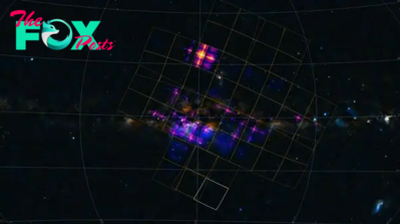
 Science1d ago
Science1d agoChina's 'lobster eye' Einstein telescope releases 1st batch of trippy space images
-
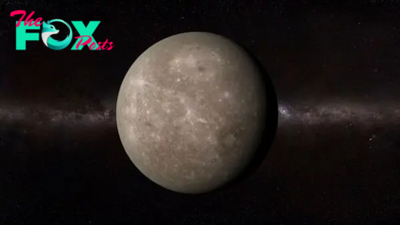
 Science1d ago
Science1d agoIt's the best time of year to spot Mercury. Here's how to find it.
-
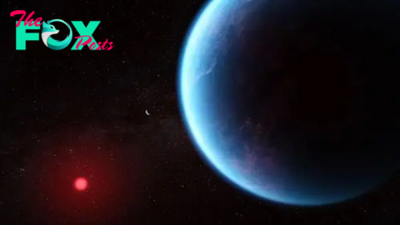
 Science2d ago
Science2d agoNo, the James Webb Space Telescope probably didn't detect signs of alien life — but it soon could
-

 Science2d ago
Science2d ago'You certainly don't see this every day': Ultra-rare backward-spinning tornado formed over Oklahoma
-
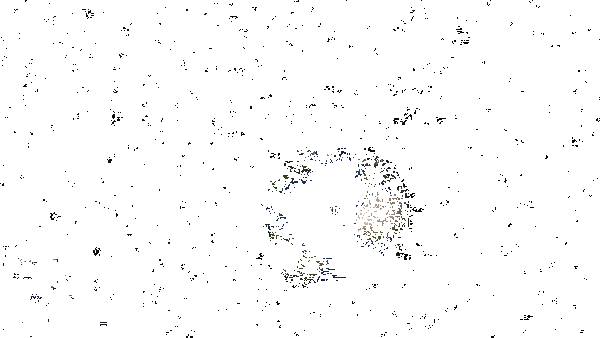
 Science2d ago
Science2d agoAsteroid that exploded over Berlin was fastest-spinning space rock ever recorded
-
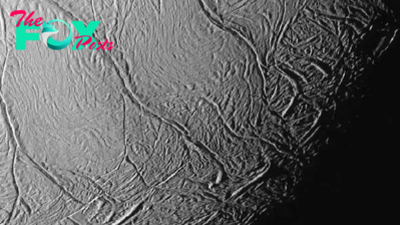
 Science3d ago
Science3d agoEnormous 'San Andreas fault' on Saturn's moon could help reveal signs of alien life
-
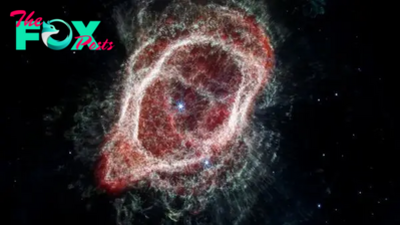
 Science3d ago
Science3d ago'We were amazed': Scientists find hidden structure in nebula captured by James Webb telescope


